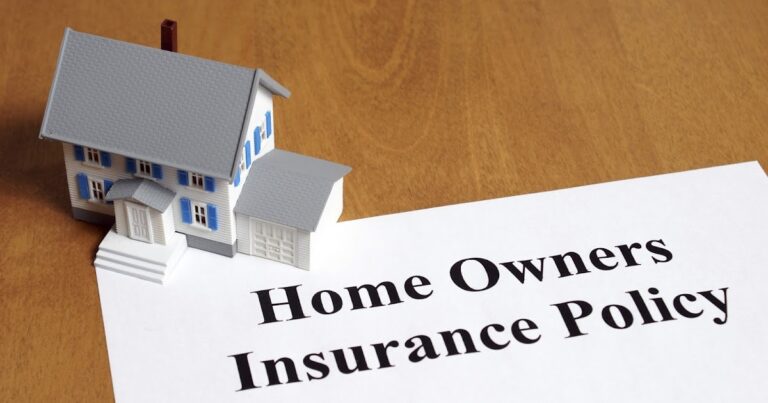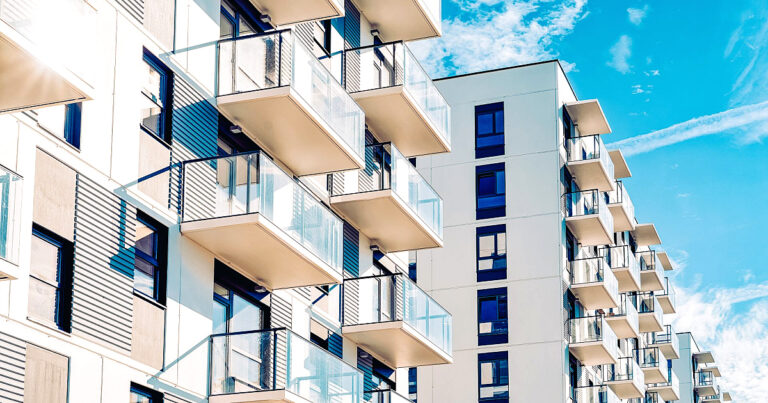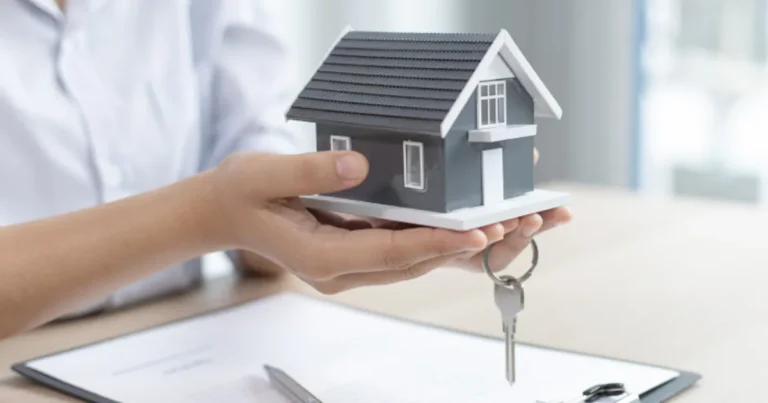Landlord Property Insurance: Everything You Need to Know Before You Rent Out Your Property
Owning rental property can be a rewarding investment. But being a landlord also comes with risks that regular homeowners insurance does not cover. If you rent out a house, apartment, or multiunit building, you need more than just standard homeowners insurance. You need landlord property insurance.
This guide covers everything you should know about landlord property insurance in the US. Whether you are a first-time rental property owner or a seasoned real estate investor, protecting your property with the right insurance policy is a smart move.
What Is Landlord Property Insurance?
Landlord property insurance is a specialized type of insurance designed for people who rent out residential properties to tenants. Unlike homeowners insurance, which is intended for owner-occupied homes, landlord insurance protects you from financial losses associated with rental properties.
It covers the structure of the building, liability if someone is injured on the property, and lost rental income in certain situations. It does not cover your tenants’ belongings. They need their own renters insurance.
Why You Need Landlord Property Insurance
Renting out property can increase wear and tear, liability risks, and potential losses. A basic homeowners policy does not offer the protection landlords need.
Landlord property insurance is essential because
It covers the physical building in case of fire, vandalism, storm damage, or other covered perils
It protects you from lawsuits if a tenant or visitor is injured due to unsafe conditions
It reimburses you for lost rental income if your property becomes uninhabitable from a covered event
It helps pay for repairs, rebuilding, and even legal defense costs
It provides peace of mind while generating passive income from your rental
What Does Landlord Property Insurance Cover
Landlord property insurance includes several key components that work together to protect your investment.
Dwelling Coverage
Covers the physical structure of the rental property, including the walls, roof, floors, and built-in appliances
Pays for repair or replacement if the property is damaged by fire, hail, windstorms, or vandalism
Often includes permanently installed fixtures such as plumbing, lighting, and heating systems
Other Structures Coverage
Covers detached garages, fences, storage buildings, and other outbuildings on the rental property
Useful for landlords with large yards, driveways, or additional utility spaces
Personal Property Coverage (Landlord Belongings Only)
Covers items that belong to you as the landlord, such as appliances, tools, lawnmowers, and maintenance equipment
Does not cover tenant belongings, which must be insured separately by the tenant
Important if you provide furnished rental units or shared appliances
Loss of Rental Income Coverage
Covers loss of rental income if your property becomes unlivable due to a covered peril
Reimburses you for the rental payments you would have received if tenants were still occupying the space
Does not apply if the loss is caused by tenant nonpayment or eviction
Liability Protection
Covers legal fees, court costs, and damages if you are found responsible for injuries on your rental property
Applies to slip and falls, structural failures, and other accidents related to property maintenance
Essential for avoiding costly lawsuits and out-of-pocket settlements
Optional Add-Ons and Endorsements
You can enhance your landlord property insurance with optional coverage such as
Vandalism protection for damage caused intentionally by tenants or intruders
Burglary and theft coverage for stolen property that belongs to you as the landlord
Building code upgrade coverage if you need to meet updated safety standards after a rebuild
Extended liability coverage for legal claims that exceed standard limits
Water backup and sump pump overflow coverage for drainage or plumbing issues
What Is Not Covered by Landlord Property Insurance
Like any insurance policy, landlord property insurance has exclusions. Understanding what is not covered is just as important as knowing what is.
Here are common exclusions:
Tenant personal property is not covered under your policy
Normal wear and tear, including aging appliances and fixtures, is excluded
Intentional damage caused by you or your employees is not covered
Flood damage requires a separate flood insurance policy
Earthquakes are not covered unless you purchase a specific endorsement
Vacancy periods longer than a set limit may void coverage if not disclosed
Pest infestations such as termites or rodents are excluded
How Landlord Property Insurance Differs from Homeowners Insurance
Many landlords make the mistake of assuming their homeowners policy covers a rental property. This is rarely true.
Here is how landlord insurance differs:
Homeowners insurance covers only owner-occupied homes, while landlord insurance is for rental properties
Homeowners policies include personal property and loss of use but not loss of rental income
Landlord insurance focuses on rental-specific risks such as tenant damage and liability claims
If you rent your home for more than 30 days a year, most insurers require a landlord policy
How Much Does Landlord Property Insurance Cost?
The cost of landlord insurance depends on several factors, including location, property size, and coverage levels. Common pricing factors include:
The age and condition of the building affect repair costs and premium rates
The geographic area impacts risk for natural disasters or vandalism
The number of rental units affects both property and liability coverage needs
Security systems, smoke detectors, and gated access may lower premiums
Your claims history and credit score influence your insurance risk profile
On average, landlord property insurance costs about 15 to 25 percent more than a standard homeowner’s policy. In the US, landlords can expect to pay between 1200 and 2000 dollars annually depending on the policy and location.
Insurance Companies Offering Landlord Property Insurance
Finding a reliable insurer can make a big difference when filing claims. Here are top-rated providers:
State Farm offers customizable policies and a strong agent network for support
Allstate includes easy-to-manage digital tools and flexible coverage options
Liberty Mutual has great optional add-ons and solid financial strength
Farmers Insurance provides competitive rates and multiple discounts
American Family Insurance is known for good customer service and comprehensive landlord coverage
Ways to Save on Landlord Property Insurance
Protecting your property does not have to break the bank. Here are smart ways to reduce your premium:
Bundle landlord and personal insurance policies to qualify for multi-policy discounts
Increase your deductible to lower your annual premium cost
Install monitored security systems, deadbolts, and sprinkler systems
Keep your property well maintained to avoid unnecessary claims
Limit vacancy periods and screen tenants thoroughly to reduce risks
How to Choose the Right Landlord Property Insurance Policy
With so many providers and options available, choosing the right policy can be overwhelming. Use these tips:
Determine the replacement cost of your property and insure it accordingly
Decide if you need actual cash value or full replacement coverage
Include loss of rental income protection in case of natural disasters
Ask about exclusions and clarify what add-ons you may need
Compare quotes from at least three insurers before making a decision
Review your policy annually and update it after renovations or major changes
Do You Need Landlord Property Insurance for Short-Term Rentals?
Yes. If you rent out your property on platforms like Airbnb or Vrbo, you still need coverage. Many standard landlord policies do not include short-term rental protection, so you may need a commercial or vacation rental policy.
Some providers now offer specialty short-term rental insurance that covers both property and liability risks. This is crucial for hosts who rent frequently.
The Future of Landlord Property Insurance
As the real estate market evolves, so do the needs of landlords. Future trends include:
More insurers offering usage-based coverage tailored to short-term and part-time rentals
Greater integration of smart home technology for damage prevention and claim verification
Stricter underwriting in high-risk areas like flood zones and wildfire regions
Expanded digital tools for policy management, tenant tracking, and claims filing
Flexible liability options for landlords with mixed-use or multifamily properties
Final Thoughts on Landlord Property Insurance
If you are earning rental income from residential property, landlord property insurance is not optional. It is your safety net against accidents, disasters, and tenant-related issues that could otherwise ruin your investment.
The right policy provides protection for your building, your belongings, your income, and your reputation. Take the time to compare providers, customize your coverage, and stay informed about your risks. A well-protected rental property is the foundation for long-term financial success.





